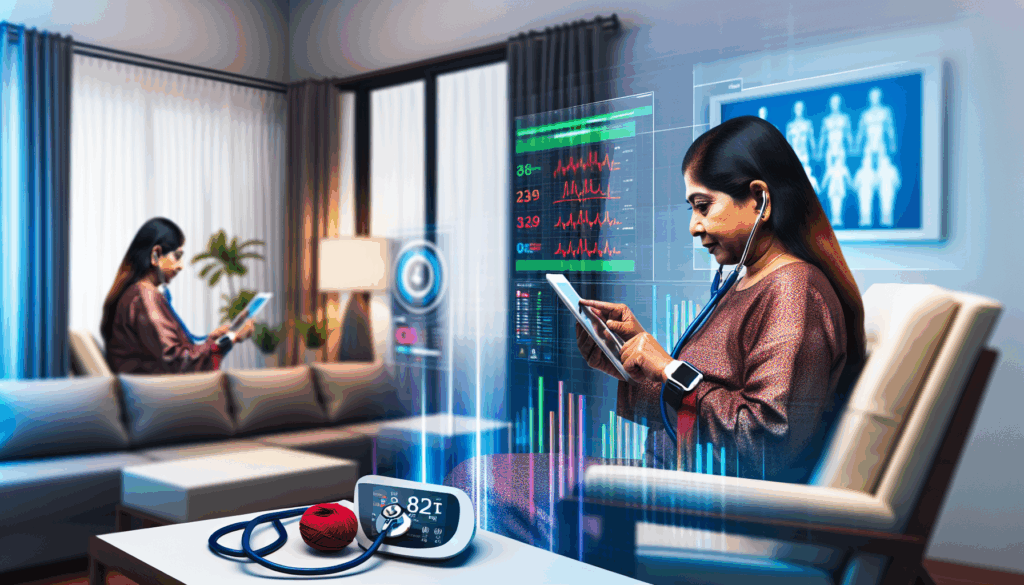Understanding Telehealth: A revolution in Home Healthcare
In the ever-evolving field of healthcare, one of the prominent advancements witnessed in recent years is the rise of telehealth. Telehealth is transforming the traditional healthcare delivery system, making it possible for patients to receive care in the comfort of their homes. In this article, we will delve into the concept of telehealth, its benefits, applications, and how it can revolutionize home healthcare.
What is Telehealth?
Telehealth refers to the use of digital information and communication technologies, such as computers and mobile devices, to access healthcare services remotely and manage your health care. This could encompass a range of services, including virtual doctor consultations, health monitoring, patient education, and online health records.
The Benefits of Telehealth
Telehealth offers a multitude of benefits, starting from convenience and ease of access to improved patient outcomes:
- Convenience and Accessibility: Patients can consult with healthcare providers from the comfort of their homes, at a time that suits them. This removes the hassle of travel, waiting times, and the constraints of scheduling appointments.
- Improved Patient Engagement: Telehealth allows patients to be more involved in their healthcare process. They can actively track and share their health data with their healthcare providers, leading to better collaboration and more personalized care.
- Increased Access: Telehealth brings medical care to patients residing in remote or rural areas, where healthcare facilities may not be easily accessible.
- Better Health Outcomes: As patients receive timely care and monitoring through telehealth, potential health issues can be caught and treated early, thus improving overall health outcomes.
Telehealth in Home Healthcare
The scope of telehealth in home healthcare is expansive and versatile. It can bring about a substantial evolution in the way home healthcare services are delivered, thereby significantly enhancing the quality of life for patients who are homebound or prefer at-home care:
- Care Management: Telehealth helps in remote patient monitoring, enabling healthcare providers to keep track of the patient’s health condition continually. This leads to more timely and effective interventions.
- Virtual Consultations: Telehealth provides an effective platform for virtual consultations. Patients can regularly interact with their healthcare providers for follow-ups, medication changes or to address any health concerns, all without leaving their homes.
- Emergency Care: In addition to regular health consultations, telehealth can also facilitate swift provision of emergency care services, if needed. The patient’s vitals can be monitored regularly, and in case of a sudden health aberration, immediate medical attention can be provided.
- Education and Support: Telehealth opens doors to a plethora of educational materials regarding lifestyle modifications, disease management, and other health-related topics. Moreover, it links patients to virtual healthcare groups and communities for additional support.
In conclusion, telehealth is a powerful healthcare tool that brings together the advances in technology with the needs of home healthcare. It truly represents a giant leap towards the future of home healthcare where quality health services reach the doorstep of every patient. After all, good health is a right, not a privilege, and telehealth is a sturdy bridge that connects patients with this right while they stay at home.



